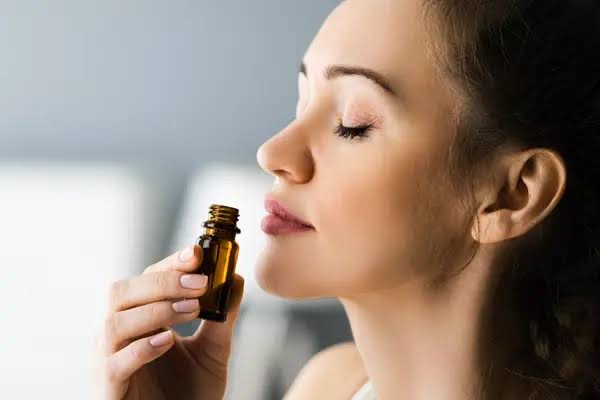Aromatherapy is a holistic healing treatment that uses natural plant extracts, known as essential oils, to promote physical, emotional, and psychological well-being. This ancient practice harnesses the therapeutic properties of aromatic compounds to enhance health and balance.
Origins and History
Aromatherapy dates back thousands of years and has been practiced in various cultures around the world. Ancient civilizations, including the Egyptians, Greeks, and Chinese, utilized aromatic plants for their medicinal and spiritual benefits. In modern times, aromatherapy has evolved into a widely recognized complementary therapy, often used alongside conventional medicine to support healing and relaxation.
How Aromatherapy Works
Essential oils, extracted from flowers, leaves, stems, roots, or other parts of aromatic plants, contain concentrated compounds that give them distinct therapeutic properties. These oils can be inhaled, applied topically, or used in massage and baths to stimulate the senses and promote healing responses in the body.
Benefits of Aromatherapy
1. Stress Relief and Relaxation: Certain essential oils, such as lavender, chamomile, and frankincense, are known for their calming effects. Inhaling these oils or using them in massage can help reduce stress, anxiety, and promote relaxation.
2. Improved Sleep Quality: Essential oils like lavender and cedarwood are popular for their sedative properties, which can aid in improving sleep quality and managing insomnia.
3. Pain Relief: Some essential oils, such as peppermint and eucalyptus, possess analgesic and anti-inflammatory properties that can help alleviate muscle pain, headaches, and joint discomfort.
4. Enhanced Mood and Mental Clarity: Citrus oils like lemon and bergamot are uplifting and energizing, promoting a positive mood and mental clarity. They are often used to combat fatigue and enhance focus.
5. Immune Support: Many essential oils have antimicrobial and immune-stimulating properties. Tea tree, eucalyptus, and rosemary oils, for example, are used to support respiratory health and boost the immune system.
Methods of Application:
1. Diffusion: A popular method of inhalation where essential oils are dispersed into the air using a diffuser, allowing their aroma to fill a room and be inhaled.
2. Topical Application: Diluted essential oils can be applied directly to the skin during massage or added to skincare products. It’s important to dilute essential oils with a carrier oil to prevent skin irritation.
3. Inhalation: Steam inhalation or adding a few drops of essential oil to hot water for inhalation can help alleviate respiratory issues and promote nasal congestion relief.
4. Bathing: Adding a few drops of essential oils to bathwater allows for absorption through the skin and inhalation of aromatic vapors. Promoting relaxation and soothing muscle tension.
Safety Considerations
While generally safe when used correctly, essential oils are potent and should be used with caution:
– Always dilute essential oils before applying to the skin.
– Perform a patch test to check for sensitivity before widespread use.
– Some essential oils are not recommended during pregnancy or for individuals with certain medical conditions.
– Keep essential oils out of reach of children and pets.
Aromatherapy offers a natural and therapeutic approach to enhancing health and well-being through the use of aromatic plant extracts. Whether used for relaxation, pain relief, or mood enhancement. Incorporating aromatherapy into your daily routine can provide numerous benefits for both the body and mind.
By understanding the origins, benefits, and methods of application. Individuals can harness the power of aromatherapy to support overall health and cultivate a sense of balance and harmony in their lives.
This article provides a comprehensive overview of aromatherapy. Highlighting its benefits, methods of application, and important safety considerations for effective and safe use.

